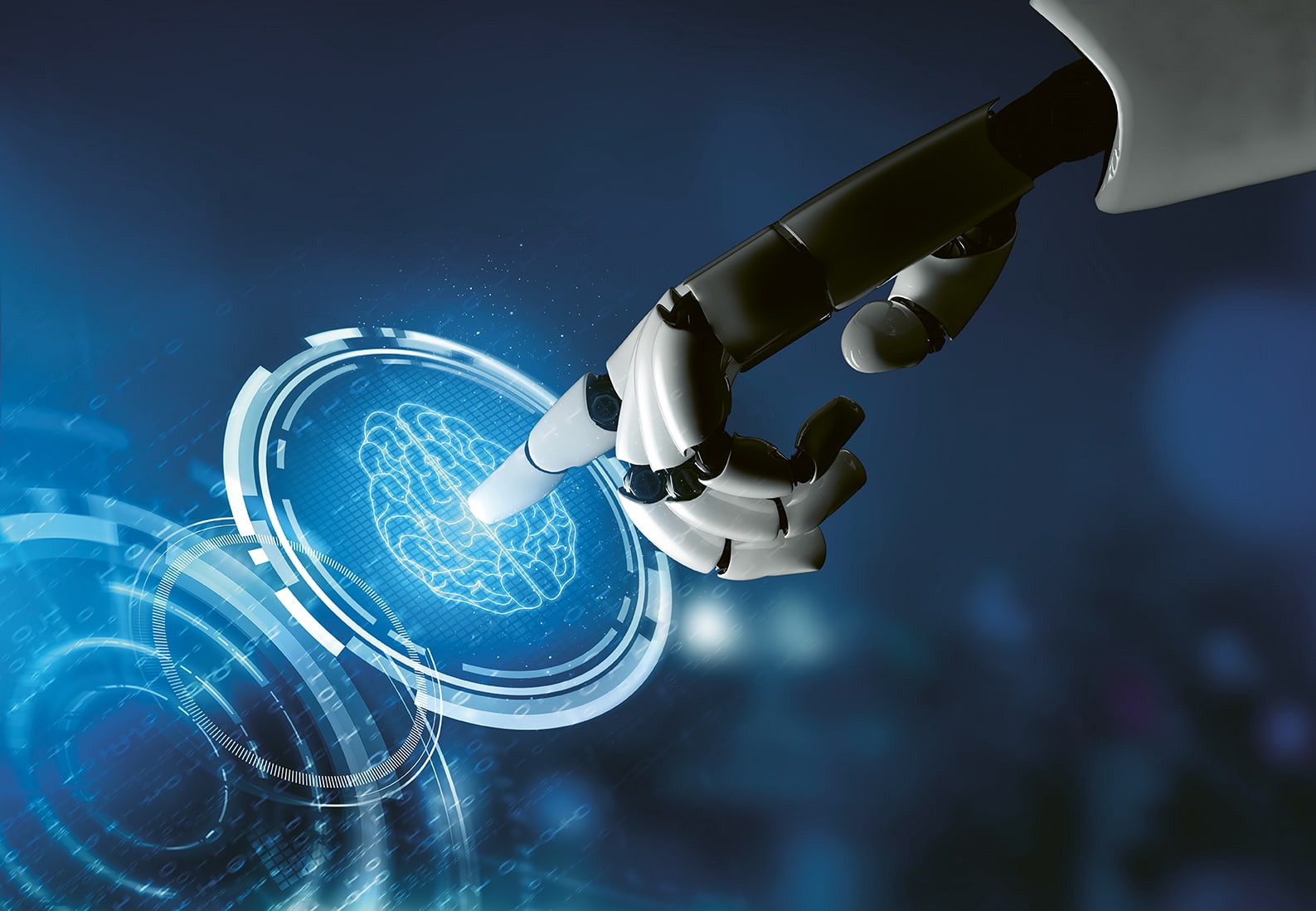Poland’s Hidden Superpower: AI
The Global AI Race—Where Is Poland?
The world is witnessing a surge in artificial intelligence breakthroughs. Recently, former U.S. President Donald Trump hinted at a Starlink expansion, reinforcing America’s dominance in space-based AI communication, while China’s DeepSeek has unveiled its own cutting-edge AI model, fueling the global competition. These developments raise an important question:
Where does Poland stand in this technological race?
With its rapidly growing IT sector, world-class talent, and increasing investments in AI and quantum computing, Poland is becoming a significant contributor to the future of AI in Europe and beyond. While global attention often centres on Silicon Valley and Beijing, Poland’s impact in AI development is steadily expanding, playing an important role in advancing some of the world’s most cutting-edge technologies.
Here’s why Poland has much to offer—and why its contributions to artificial intelligence are far greater than most realize.
People of Innovation
According to the International Monetary Fund, in the last 30 years, Poland’s GDP grew by 850%, overtaken only by China. Poland is also the fastest-developing economy in Europe, with last year’s nominal GDP reaching $870 billion, growing at 3% compared to the EU average of 1%, outpacing countries like Germany, France, Italy, or Spain. Poland, a country of 37 million, is highly engaged in information and telecommunication technologies, with 36 million internet users, 28 million social media users, and 53 million cellular connections.
Poland’s digital industry, worth around $75 billion, is the undisputed leader in CEE, accounting for half of the region’s total value and expected to reach $80–100 billion by 2025. Moreover, Poland’s $18 billion IT services export exceeds local players and even global competitors like Japan. Mordor Intelligence reports that Poland’s digital transformation—including artificial intelligence (AI), cloud computing, the Internet of Things (IoT), and cybersecurity—is expected to reach $130 billion by 2029.
Poland’s IT sector is recognized as the CEE’s leader not only in terms of revenue but also in workforce, business volume, and competitiveness. With major tech hubs in Warsaw, Kraków, and Wrocław, Poland has the largest talent pool in the region, with the number of IT specialists growing from 525,000 in 2023 to 607,000 in 2024 (compared to Romania: 200,000, Czechia: 130,000, and Hungary: 100,000). Poland’s workforce strength is backed by a robust education system, producing over 80,000 tech graduates annually, mainly from the University of Science and Technology (AGH) in Kraków, Warsaw University of Technology, and Wrocław University of Science and Technology. The Emerging Europe IT Competitiveness Index ranks Poland ahead of other key regional players like Estonia, Czechia, and Hungary.
Business of Champions
Poland’s growth potential is enormous, with tens of thousands of job opportunities, particularly in AI and machine learning (ML), which saw a 70% increase in demand last year, and big data, which grew by 40%. The Hays Salary Report indicates that 90% of Polish tech enterprises are actively hiring for IT roles. Government tax incentives (such as economic zones) and innovation grants further fuel this trend, alongside the presence of global tech giants driving demand for specialists—including Asseco, Comarch, Microsoft, Google, IBM, Intel, Apple, Dell, Lenovo, HP, Samsung, and Asus.
Asseco, Poland’s largest IT company, was founded in 1991, is headquartered in Rzeszów, and employs over 33,000 people in 62 countries, specializing in banking, insurance, public administration, healthcare, and energy with an annual revenue of $3 billion. Comarch, another major Polish multinational, was founded in 1993 by AGH professor Janusz Filipiak along with twelve students. Headquartered in Kraków and employing over 7,000 people in 30 countries, it specializes in telecom, banking, insurance, healthcare, and SMEs, with annual revenue at $4 billion.
Technologies of Tomorrow
Poland is also advancing in supercomputing, quantum computing, and artificial intelligence. Supercomputers, essential for AI, enable complex operations at extraordinary speeds. AGH in Kraków hosts four supercomputers: Athena, Helios, Ares, and Prometheus, while PSNC in Poznań hosts Altair—all ranked on the prestigious TOP500 list, with Athena currently at 155th place.
While quantum computing remains largely in the research phase, PSNC became the first CEE quantum center in 2022 by joining the IBM Quantum Network. Poland is also one of six EU countries developing quantum networks through the EuroQCS program, alongside Czechia, Germany, France, Spain, and Italy.
Poland’s AI development is driven by academic research and global business. The Policy for the Development of Artificial Intelligence in Poland until 2030, adopted by the government in 2020, aims to position Poland as the leader in CEE AI. Research conducted at AGH, Warsaw University of Technology, and the University of Warsaw is powered by Helios and Athena supercomputers, with AGH’s Academic Computer Center Cyfronet transforming into Poland’s “AI Factory.”
Poland’s Future in AI: A Silent Powerhouse Awakens
As the world grapples with the transformative potential of artificial intelligence, Poland is positioning itself as a force to be reckoned with. The country’s remarkable economic growth, thriving IT sector, and cutting-edge AI research put it at the forefront of the European tech scene.
With a strong pipeline of homegrown talent, government-backed AI initiatives, and increasing engagement from global tech giants, Poland is not just a participant in the AI revolution—it is actively shaping it. From quantum computing breakthroughs to AI-powered banking, cybersecurity, and large language models, Poland is already laying the groundwork for a future where it plays a leading role in defining global AI standards.
As global AI advancements accelerate, Poland is quietly but decisively cementing its place as a key industry player. The question is no longer whether Poland can contribute to AI—it’s how big its impact will be.







